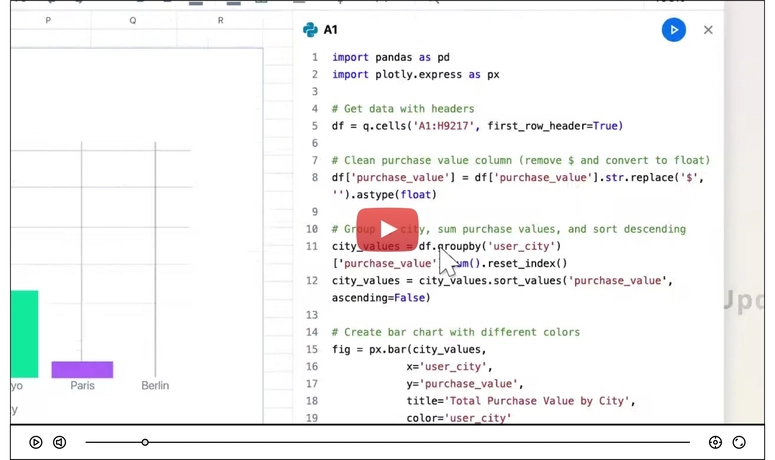The JavaScript ecosystem is constantly evolving, and in 2025, one of the biggest debates among frontend developers remains: Svelte vs React. React has dominated the industry for years, but Svelte’s rise as a lightweight, developer-friendly framework has many questioning whether it’s time to switch.
In this article, we’ll break down the key differences, performance benchmarks, job market trends, and future prospects of Svelte and React to help you decide which one to focus on in 2025.
1. Svelte vs React: Virtual DOM vs No Virtual DOM
React’s Virtual DOM has long been praised for optimizing UI updates, but it introduces additional computational overhead. Svelte, on the other hand, eliminates the Virtual DOM altogether, compiling components into optimized JavaScript at build time. This makes Svelte faster and more efficient, especially on low-powered devices.
For developers searching for the best frontend framework in 2025, this is a crucial comparison.
2. Performance Showdown: Which One is Faster?
Performance is a major factor in choosing a frontend framework.
- Svelte: Since it compiles directly to JavaScript, it eliminates runtime overhead and ensures snappier performance, making it ideal for high-performance applications and mobile-friendly web development.
- React: React has made significant improvements with React Server Components and concurrent rendering, but it still requires additional optimizations like memoization and useEffect cleanup to match Svelte’s raw speed.
If you’re looking for the fastest frontend framework in 2025, Svelte often has the edge.
3. Developer Experience: Which One is Easier to Learn?
React requires familiarity with JSX, hooks, state management libraries (like Redux or Zustand), and can sometimes feel complex for beginners. Svelte, in contrast, has a simpler syntax with built-in reactivity, making it a great choice for developers looking for a smoother learning curve.
For those asking, "Which frontend framework is easiest to learn in 2025?", Svelte is often the answer.
4. Job Market & Career Opportunities in 2025
- React remains the industry standard, with thousands of job listings globally. React developers are in high demand, and enterprise adoption is still growing.
- Svelte’s job market is smaller, but it’s gaining traction among startups and cutting-edge projects. Some companies are already shifting to Svelte for performance-sensitive applications.
If you’re looking for job security, React is the safer bet. However, Svelte expertise could give you a competitive advantage in niche markets.
For developers wondering, "Which frontend framework has the most jobs in 2025?", React still leads—but Svelte is catching up.
5. Ecosystem & Community Support
React boasts a massive ecosystem with thousands of libraries, frameworks, and integrations, making it easier to build full-scale applications. Svelte’s ecosystem is growing, but it still lacks the extensive third-party support React enjoys.
That said, if you prefer a leaner, faster framework with less boilerplate, Svelte could be the future of frontend development.
Final Verdict: Should You Switch to Svelte in 2025?
✅ Stick with React if: You want strong job security, enterprise projects, and an extensive ecosystem.
✅ Switch to Svelte if: You prioritize performance, want an easier learning curve, and are working on fast, modern web applications.
Both frameworks are excellent, and learning both React and Svelte can future-proof your career.
What do you think? Are you considering switching to Svelte, or will React continue to be your go-to framework? Drop a comment below and let’s discuss!
🔥 Share this article with fellow developers debating between Svelte and React in 2025!





Top comments (0)